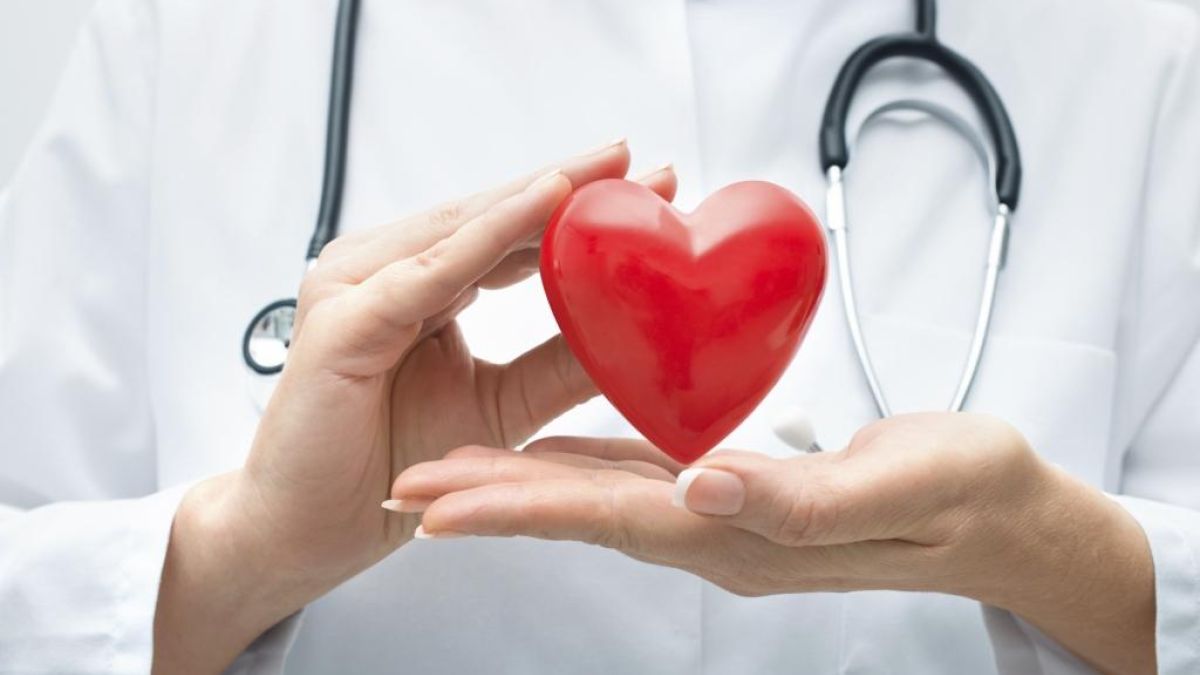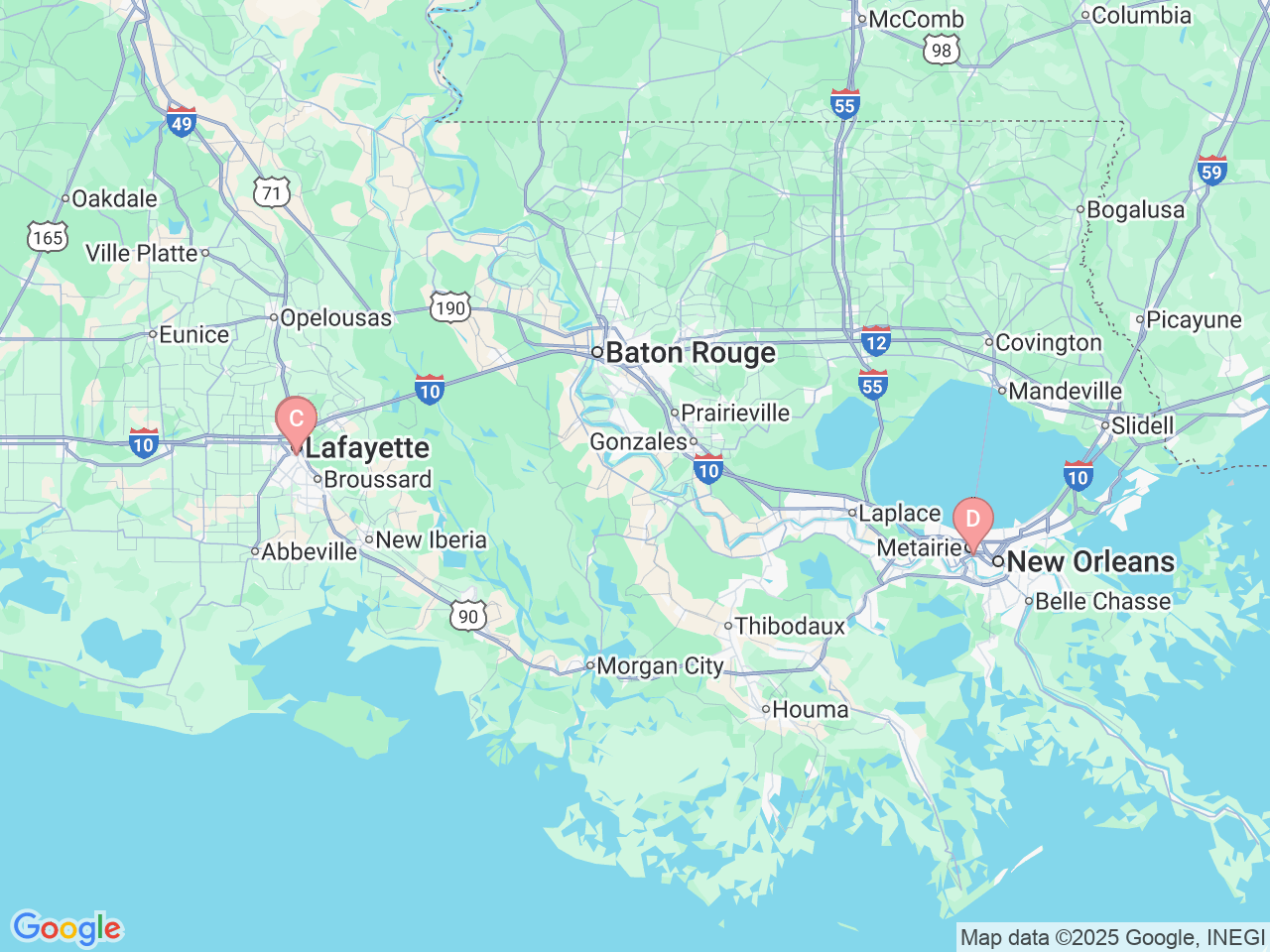Every year, more than five million people in America are diagnosed with heart valve disease and structural heart disease. Here in the Gulf South, many of those patients seek care at the Heart Valve Center at the John Ochsner Heart and Vascular Institute (JOHVI). Our award-winning, nationally ranked team has the talent, experience and innovative equipment required to treat patients with complex native heart valve disease, artificial valvular heart disease and structural heart disease. This includes patients with high-risk mitral valve disorders and end-stage aortic stenosis.
Why Heart Valve Disease Treatment at Ochsner?
The team at the Ochsner Heart Valve Center routinely performs a high volume of both traditional and minimally invasive procedures, including transcatheter aortic valve replacements (TAVR). Across the country and here at Ochsner, this procedure is extending the lives of more and more intermediate and high-risk patients who aren’t candidates for open-heart surgery. Since the program’s inception, Ochsner has performed more than 2,000 TAVR cases and has been recognized for having one of the shortest lengths of stays in the nation for TAVR patients.
When it comes to matters of the heart, you want experience on your side. You want the Ochsner Heart Valve team at your bedside.
Award-Winning Care
- The John Ochsner Heart and Vascular Institute was awarded the 2022 Transcatheter Valve Certification by the American College of Cardiology.
- Recognized by U.S. News & World Report as “High Performing” in Transcatheter Aortic Valve Replacement (TAVR) care.



















